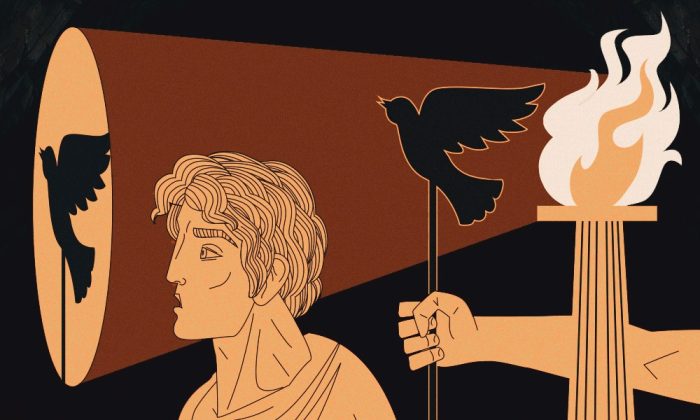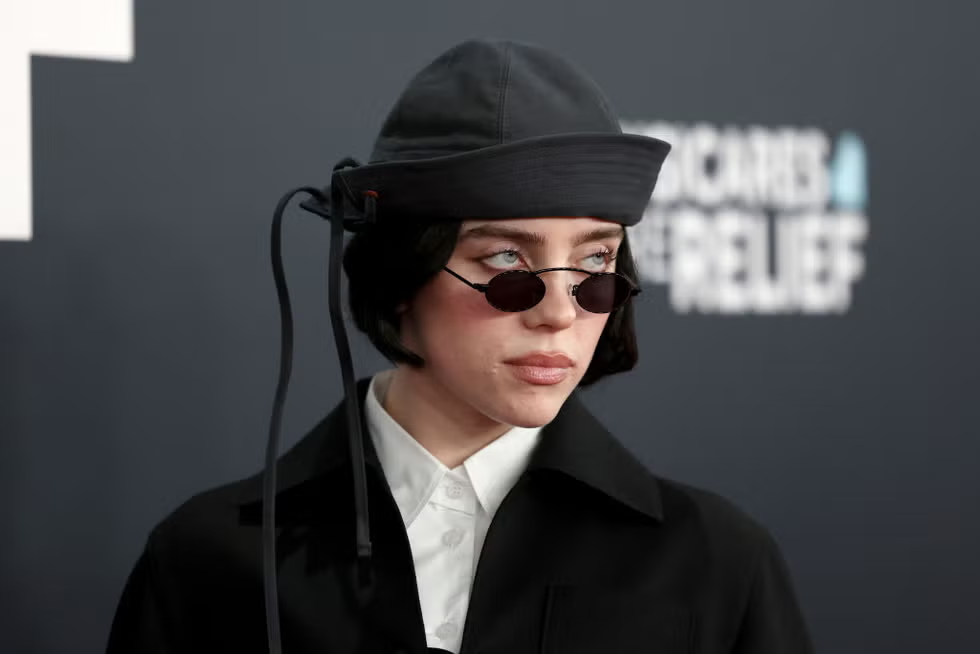A higher education exposes students to various materials from the lighthearted to the shocking and everything in between, as an effort to broaden our understanding about topics that may be uncomfortable to discuss in other settings.
In this case, when the Art department made the decision to take down “Mommy I hate them, too” they failed to remember art is supposed to provoke.
The university missed an opportunity to have an educational discussion about anti-Semitism and how racism in general is taught to children. Such an insightful conversation would have taken place at the right time, as recently synagogues in New Jersey and New York have been firebombed and vandalized. But instead censorship has become the topic of conversation because of a hasty decision.
The art department chair said the painting was removed because it was out of context and that it needs a forum for discussion, however, that discussion hasn’t taken place. Instead the painting was removed.
Does the painting fuel hate? Is it offensive and must it be removed from campus? Or does it make a good point that children learn to hate by simply watching and listening to their parents? Someone viewing the painting may have a storm of emotions and questions, which is what art should evoke. All these and other questions should be discussed openly, not suppressed.
In a building where paintings of vaginas and penises hang, it’s hard to imagine what really pushes the limit. What the Art department should do is put the painting back up along with an invitation to a scheduled open forum with not only students, but with the entire campus community. The painting should be accompanied with an explanation on the context and meaning of the painting. The artist should, also, receive a formal apology and an adequate explanation on why the decision was made without his consultation.








